Unity & Dance: Contempo Arts' Fused - Part I

Reaching outside our expertise to embrace the techniques and experiences of other artists is at the heart of collaborative small team arts. Contempo Arts’ “Fused” reaches far.
I was at a board game shop. This is the last place you’d expect to find a flier for the fine arts, but Geeky Teas displayed it prominently near the counter.
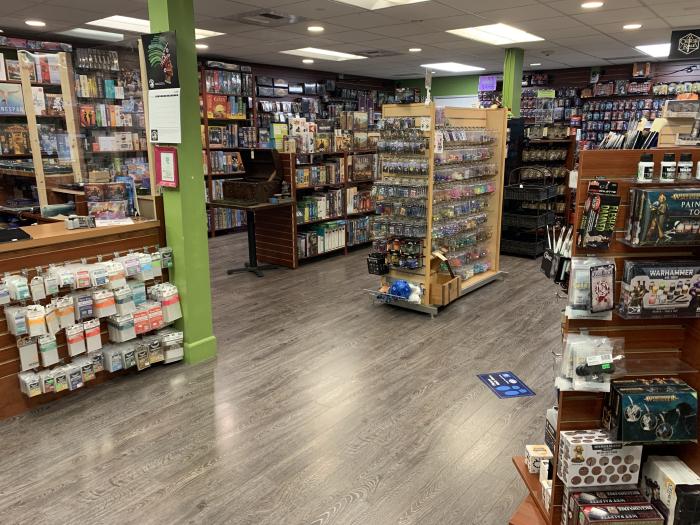
Check the place out yourself if you’re in the area! We need more small businesses that support local artists! Vote with your feet; vote with your wallet.
Fused is still streaming here through 9/26 2022. Tickets start at $11.25.
Lighting
Let’s dive into the art. We’ll start with lighting.
What?! Lighting?! I thought this review was about Ballet!
It is. And you are certainly not watching a ballet without light. Art is holistic, and the techniques used by Lighting Designer Nathan Scheuer to separate, elevate, and highlight the dance is an example of the very essence of art.
Side Rant:
Just because a skill is technical doesn’t mean it’s not also artistic. In fact, I’d say because it’s technical, it can be artistic. Even Dance, a “Fine Art”, is highly technical in its use of the body in space and time. If an artist uses a brush instead of finger painting, it doesn’t make her any less of an artist because she works with “technical equipment”. And just because an artist uses his fingers instead of a brush doesn’t make him any less technical. He has to understand intimately how his fingers work. The same can be said about lighting designers, sound engineers, stage managers, and camera operators. These all are artists.
Scheuer uses several techniques to transform this otherwise bare platform into a dance space.
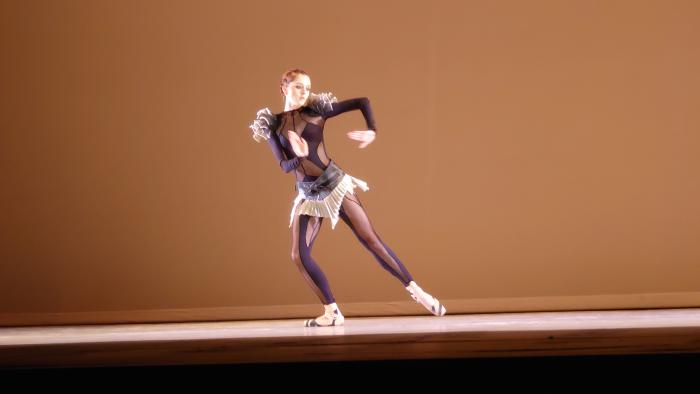
- He uses generous amounts of side lighting. This cinematic look means the dancers’ faces aren’t in the brightest light; their bodies are. This highlights the aspect of the art that dance celebrates – a body’s shape as it moves through space and time. It also de-emphasizes the specific identities of the dancers. The dancers are subtly masked by this kind of light so that their art can shine brighter.
- He puts back lights behind a stage-wide, stage-tall screen. The lights on the other side of the screen make that backdrop appear to glow. This creates a soft silhouette for the dancers, which once again draws attention to their body’s shapes and motions. The glowing backdrop also gives an ethereal otherworldly look to the stage and turns it from “just a platform” into a heightened reality.
- He uses contrasting light qualities. Cool white lights for the sides and warmer off-white lighting to illuminate the backdrop. By using subtly contrasting lights, the dancers seem to pop off the background, which once again, helps focus your eye on their performance.
Perhaps the audience doesn’t consciously notice these subtleties, but they can feel them. The pictures don’t do it justice, but being in the audience with this lighting transported me.
Music
Dance without music would be a choice. Like John Cage’s 4'33", there might be a rich world of experience to dance in silence. But silence can still be music, and ought to be treated like it is music for there to be art.
Barring silence, music is the bedrock on which a performance is laid. Much like lighting, the sound design, (especially music) separates, elevates, and highlights the art. Fused boasts a diverse list of musicians as the basis for their dance. Below is a reasonably complete list for you to support the musicians:
Black Violin & DJ T-Rock & Squashy Nice
I am no choreographer, but I would imagine that choreographing a fusion ballet would be much easier with music composed into a fusion all of its own. To try to create a fusion ballet with standard off-the-shelf music would be fighting against the current. Sure, it can be done. But it likely uses a lot more effort. Regardless of approach, Choreographer Marine de Vachon expertly weaves the differing dance forms together into a seamless whole that celebrates diversity and acceptance informed by choices in music.
Another Side Rant
For any show a small art ensemble puts on, early in the process considerable thought should be given to the music and the soundscape. It shapes the show so greatly that you’ll not want to leave this aspect of art to the default. Music shapes the art, perhaps even more than lighting does.
Dance
Fused is essentially a compilation of six short pieces that contrast, support, and highlight each other. From a high vantage point, that’s the first way the forms are fused together. The six pieces are divided 3 and 3, with the middle piece always a pas de deux where there are only two performers on stage.
When you watch, you can get a deeper meaning from the pieces by comparing them.
Final Side Rant
Dance has a lot to teach the arts of Theatre and Improv. The simplest is the amount of time spent practicing. Suzuki Tadashi once famously accused actors of being “lazy” in comparison to the training regimen that dancers undertake. And improvisers sometimes forget that improv requires practice.
A dancer’s every subtle twist of the arm or leg is practiced and intentional. I never saw the dancers in Fused even breathe hard. They had even thought to control their breath. Improvisers and actors could elevate their art simply by practicing more and paying close attention every artistic choice.
But why don’t we? How can we push our art further? What’s in our way? And how do we unblock ourselves? I don’t believe Suzuki Tadashi. Actors aren’t just “lazy”. Something else is getting in the way.
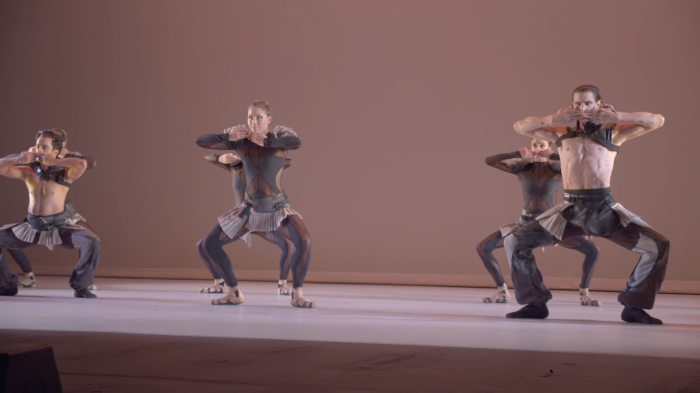
The show starts with “Loose Yourself”, where the popular conception of Ballet fusion is presented. Basically it’s futuristic sci-fi Ballet + Hip-hop (and other stuff). It’s cool, marketable, and easy to understand. But, after thinking back on this dance after the rest, it’s clear that this vision of the future is hardly scratching the surface of what fusion can be.
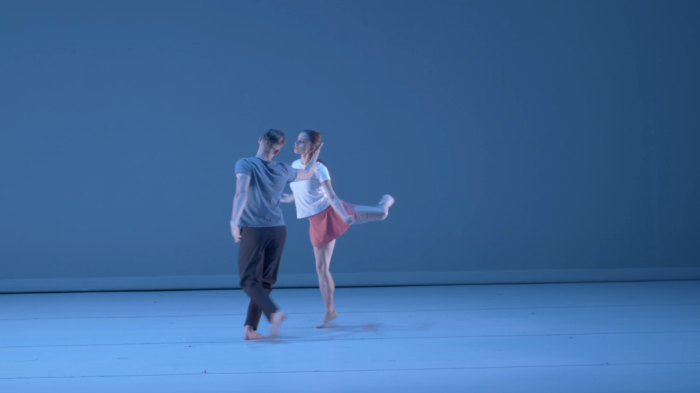
The rest of the pieces proceed to show deeper expressions of fusion echoing and commenting on earlier pieces. They show the challenges faced when large societies and individual people first discover each other’s differences, rendering in dance the misunderstandings, pain, and damage done when egoes and traditions collide. The final piece “Gone South’’ shows a less perfectly refined dance that represents a true beginning to a genuine fusion of the arts. The whole cycle celebrates the pain and joy of fusing artistic traditions that had the luxury of being separate once before.
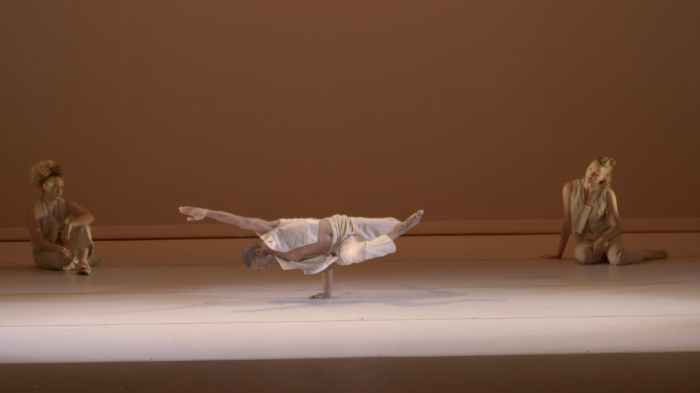
A real beginning for fusion.
I really want to talk forever about all of the pieces. They’re each excellent. But maybe you should see for yourself. Support the Arts and write your own meanings to the dance!
Fused is still streaming here through 9/26 2022. Tickets start at $11.25.
Read more about how Fused Streamed its performance in Part II
